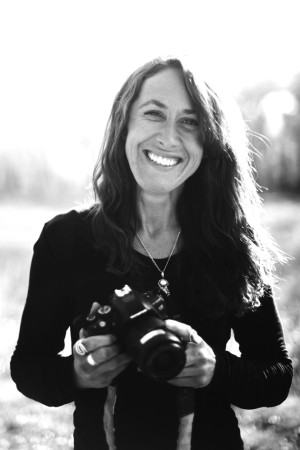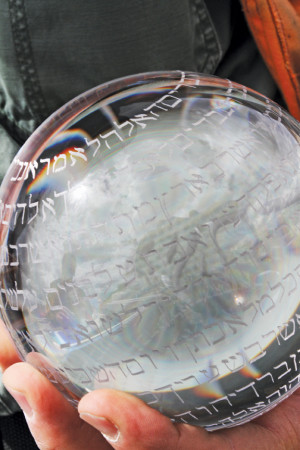By Hal Walter
Largely because of geology, the Sangre de Cristo range was not heavily mined or prospected, though ironically, the town of Silver Cliff in the valley below was founded on minerals extraction. Still, over the decades, many have sought out other resources in the “Big Mountains” – timber, game, grazing, water. Some of the stories behind these exploits and even some artifacts and landmarks remain. We hear of the old-timer who waited for the wind to be right before setting fire to the timber in order to develop meadows and improve the hunting. Sheepherders had trails following the finger ridges to the high slopes, where the grass was lush in the summer months. The imprints of wagon roads tell the story of where timber was dragged out.
And water, precious water! People had their designs on this most valuable resource from the very beginning. In particular, this includes one man who spent 30 years developing a system that would essentially pull water from one high-lake drainage and send it down another watershed, where he could then use it to irrigate his fields.
Over the course of three decades he spent summers digging and blasting and constructing a wooden sluice to reroute the water. When at last he opened the gates that would send this crystal-clear snowmelt from the high country to his fields – the work of his lifetime – he was shut down by the authorities, never realizing any fruits from his years of labor.
The story could begin and end right there, if it weren’t for my friend Don, the husband of my son Harrison’s piano instructor, Phyllis. This fellow who built the water-diversion project was a family friend of Don’s folks. Decades ago, as a young man, Don had been exploring the remains of the project and found the anvil used in its construction. He laid claim to the treasure and stashed it, making note to someday return.
And life goes on. Fast-forward, and Don is now in his 70s. One day while Harrison was at piano lessons, Don told me this story and asked if I would go with him to help look for the anvil, maybe even pack it out if it was still there. He wished for it to be placed in a local history museum as a testament to the story of this man’s toil.
So on a glorious fall day, Don and I struck out on the trail with my burro Laredo. There was first a long trek on the rocky and undulating Rainbow Trail just to get to the route that would take us up the drainage where the anvil presumably awaited. The aspen and scrub oak burnished the landscape with autumn color, and dark storm clouds formed a backdrop that held the promise of a changing season. We stopped for lunch at the point where the trail left the Rainbow.
A bitter wind and a cold drizzle began as we ate our sandwiches. I checked my pack to make sure the waterproof matches and space blanket were still in there. Then we continued on our way. Oddly this new trail was relatively flat and smooth for a short distance. And then it pitched upward. We went slower and slower. Clearly this climb was a challenge for Don. I would walk ahead with Laredo and wait. Each time Don caught up I greeted him with a smile.
He told me about walking in there with his family as a child, then with his own wife and kids as an adult. I stopped beneath a big spruce where it was dry. The drizzle turned to snow. This time when Don caught up I felt an overwhelming admiration for his determination. However, I could also see in his eyes that today we were probably not going to reach the anvil. He said, “let’s go another 300 or 400 yards and then make a decision.”
The snow was floating down in big flakes as I waited in a grove of golden dwarf aspens, and when he got there he said, “I’m ready to go back home.”
Through the gently falling snow, I could suddenly see the trails like this that lie before all of us. The trail I would be taking in the years to come. It had never been so vividly clear that time waits for no one. There would come a day when I could not do the things I can do now, could not do what I have done for decades. Someday our dreams, the treasures we spend our lives thinking about finding, will be out of reach.
Don sat down and we talked about it. He said we were probably only a mile from the anvil. But we were a lifetime away. I wished we had chosen a better weather day or had started earlier. The effort he had made to get this far was nothing short of heroic, but he could not go on. Though he had hiked to the top of this mountain valley many times in his life, he related to me his realization that this was probably the last time he’d be on this trail. As sad as this seemed to me, he seemed to be okay with it. We started back down in the quiet snow.
As we got closer and closer to the truck the sun re-emerged, and Don’s spirits seemed to rise with this warmth. We’d perhaps brought back something even better than an old hunk of metal. But still it calls to me. I’ve been back to this trail with family and friends since that autumn day with Don, looking for the anvil. Still it remains up there. It or the idea of it – this thing of which adventures and dreams are made.
Hal Walter writes and edits from the Wet Mountains. You can keep up with him regularly at his blog: www.hardscrabbletimes.com.



Thanks for another beautiful tale Hal. I’ve been to where Don was on that day — perhaps not the spot, but the realization. I spent many fine seasons high in the Sangres that don’t seem all that long ago. The last time that I tried tracing the watershed from my little cabin at the top of CR 48 above Howard to West Creek Lake I almost made it. When I turned around I knew that I’d never again cover that last stretch, and that my memories of all those lovely high lakes would have to carry me from then on.
They have, more or less. Now I look up at the southeastern escarpment of the Blue Ridge and sometimes wonder if I might still be able to traverse those gentler hills. I’d be lying if I said that I wasn’t afraid of the answer. But whatever that answer is , I have good, and older, memories of that range too.
Ted Morton
Pumpkintown, South Carolina
Great article!